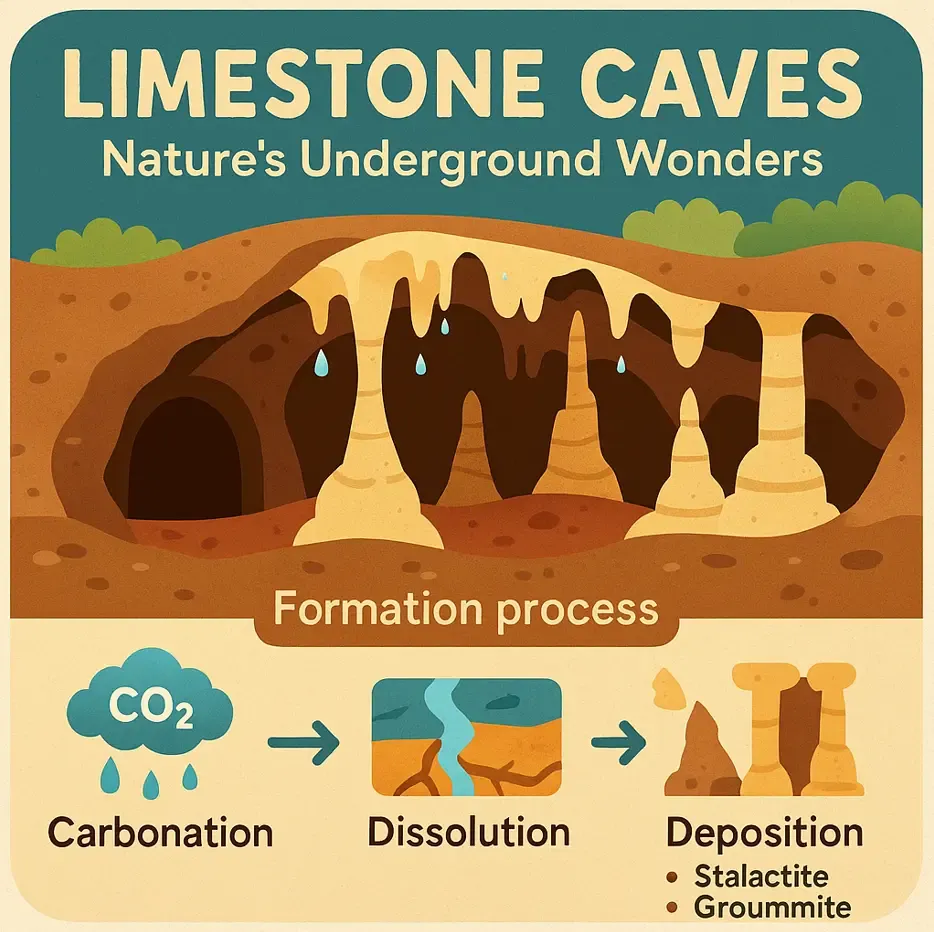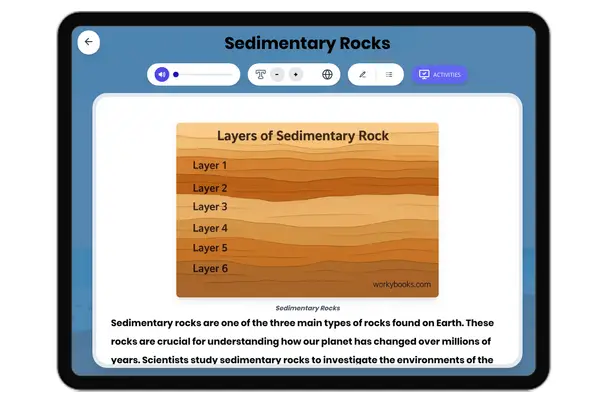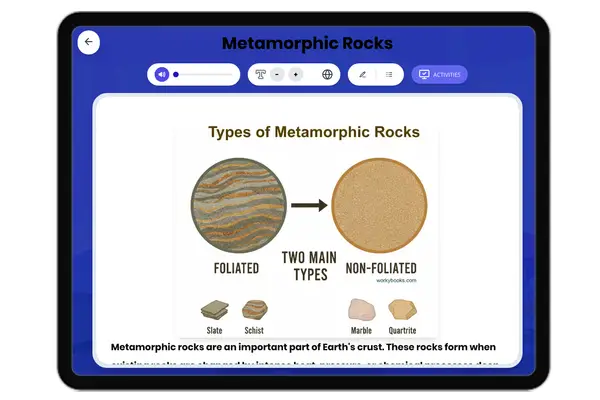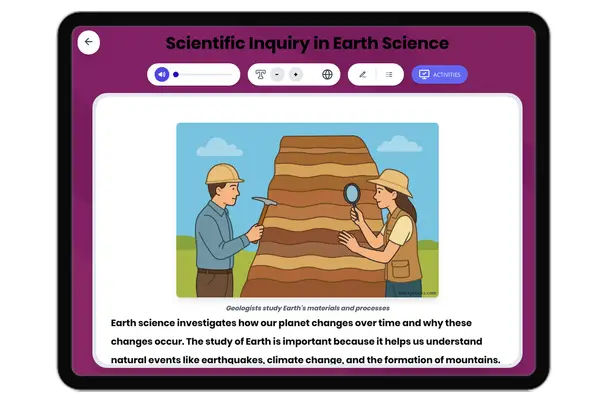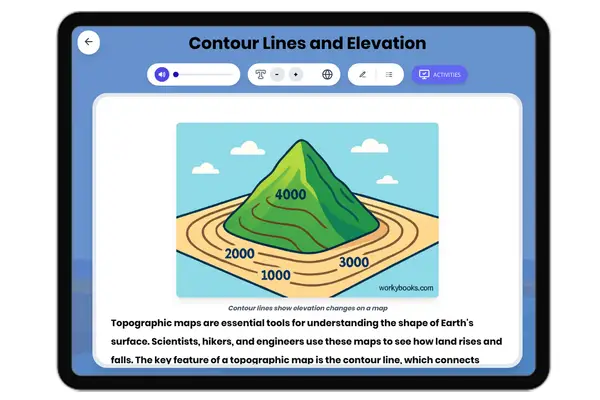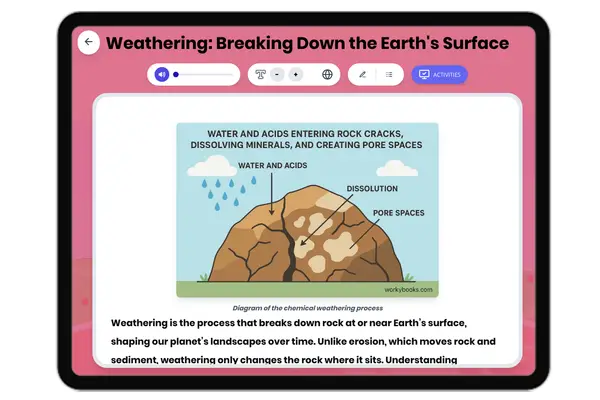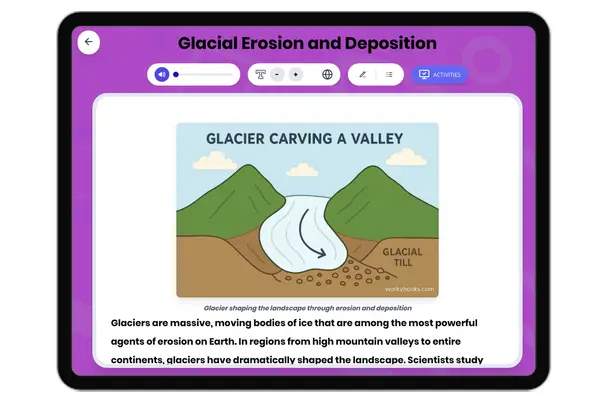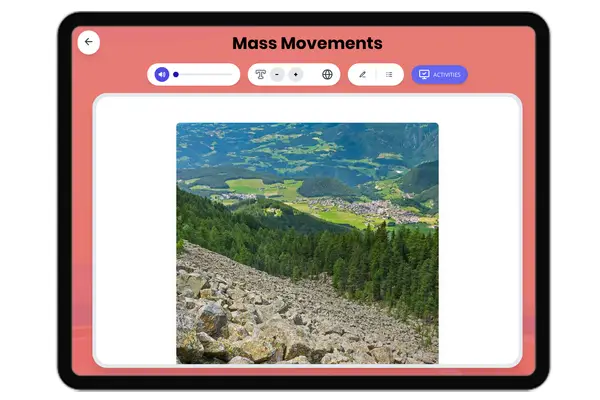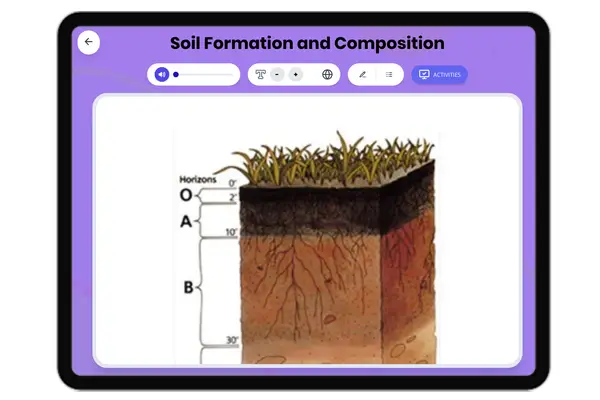Limestone Caves: Nature’s Underground Wonders — Reading Comprehension
Grades
- 5
- 6
- 7
- 8
Standards
- MS-ESS2-1
- LS2.C
- RST.6-8.7
PRINT+DIGITAL RESOURCE
This learning resource is available in interactive and printable formats. The interactive worksheet can be played online and assigned to students. The Printable PDF version can be downloaded and printed for completion by hand.
About This Reader
This passage explains limestone cave formation through carbonation, aligned with NGSS MS-ESS2-1 (Earth’s systems) and LS2.C (ecosystems). It details speleothem formation (stalactites, stalagmites), karst features, and adapted species like blind fish. Examples include Carlsbad Caverns and Waitomo’s glowworms. The text meets CCSS.ELA-LITERACY.RST.6-8.7 for interpreting scientific diagrams and connects to paleoclimatology and hydrogeology applications.
Perfect For:
👩🏫 Teachers
- • Reading comprehension practice
- • Auto-graded assessments
- • Literacy skill development
👨👩👧👦 Parents
- • Reading practice at home
- • Comprehension improvement
- • Educational reading time
🏠 Homeschoolers
- • Reading curriculum support
- • Independent reading practice
- • Progress monitoring
Reading Features:
📖
Reading Passage
Engaging fiction or nonfiction text
❓
Comprehension Quiz
Auto-graded questions
📊
Instant Feedback
Immediate results and scoring
📄
Printable Version
Download for offline reading
🔊
Read Aloud
Voice-over with word highlighting



